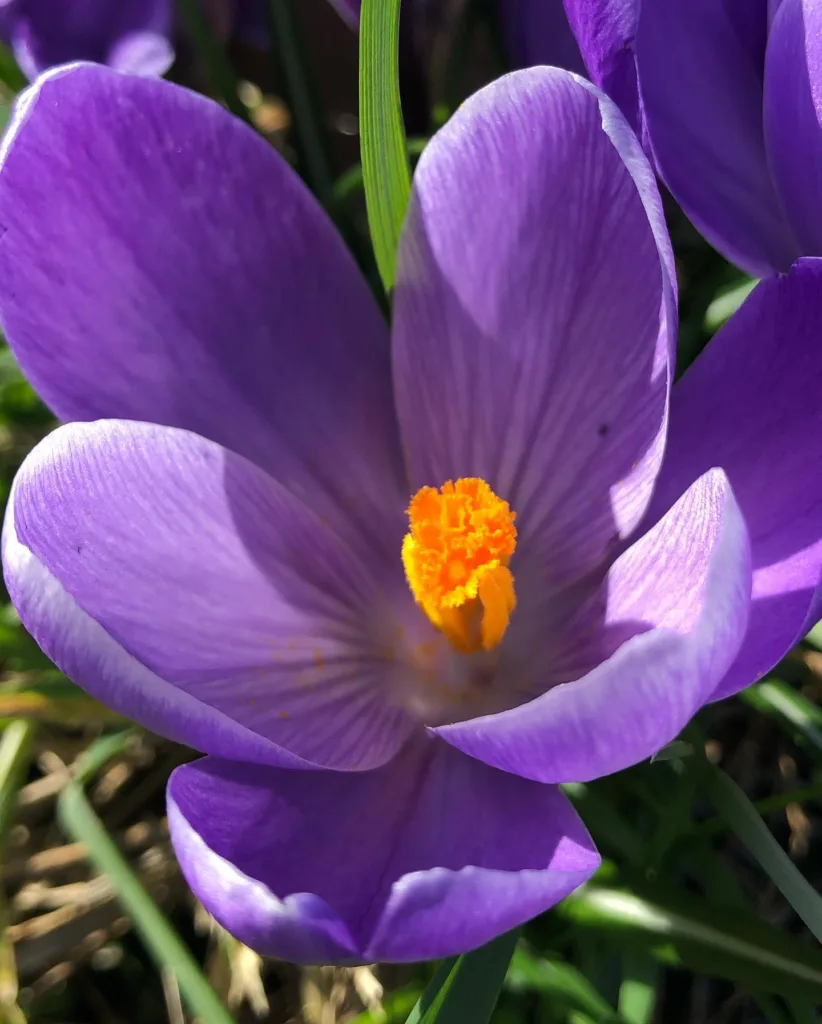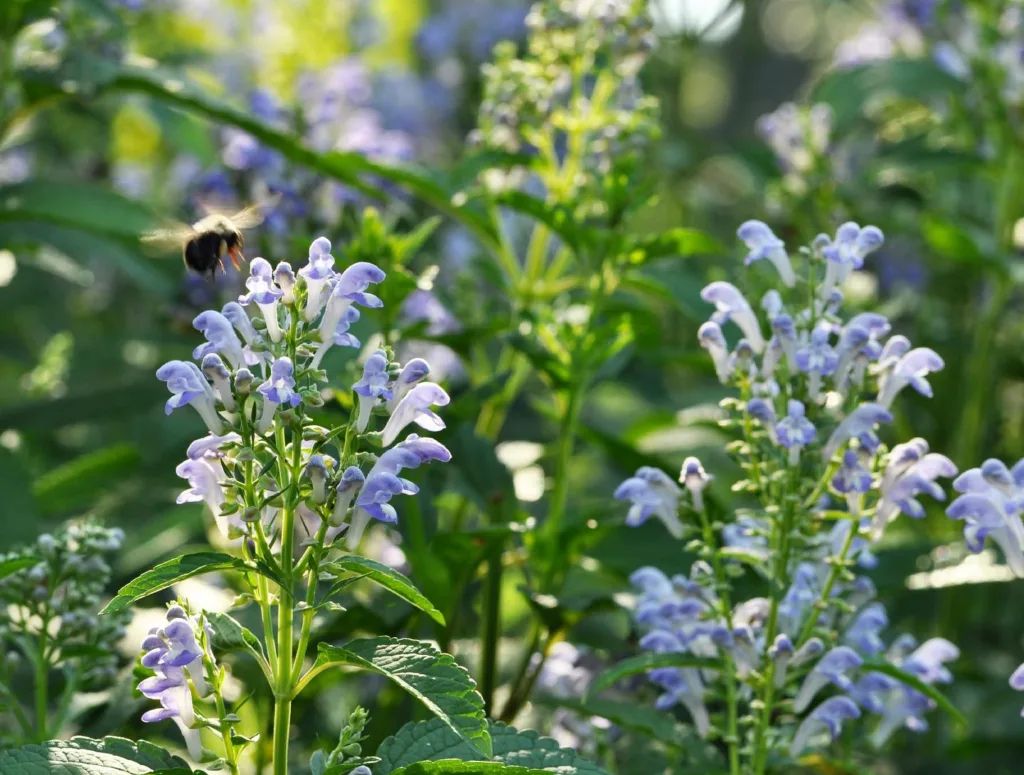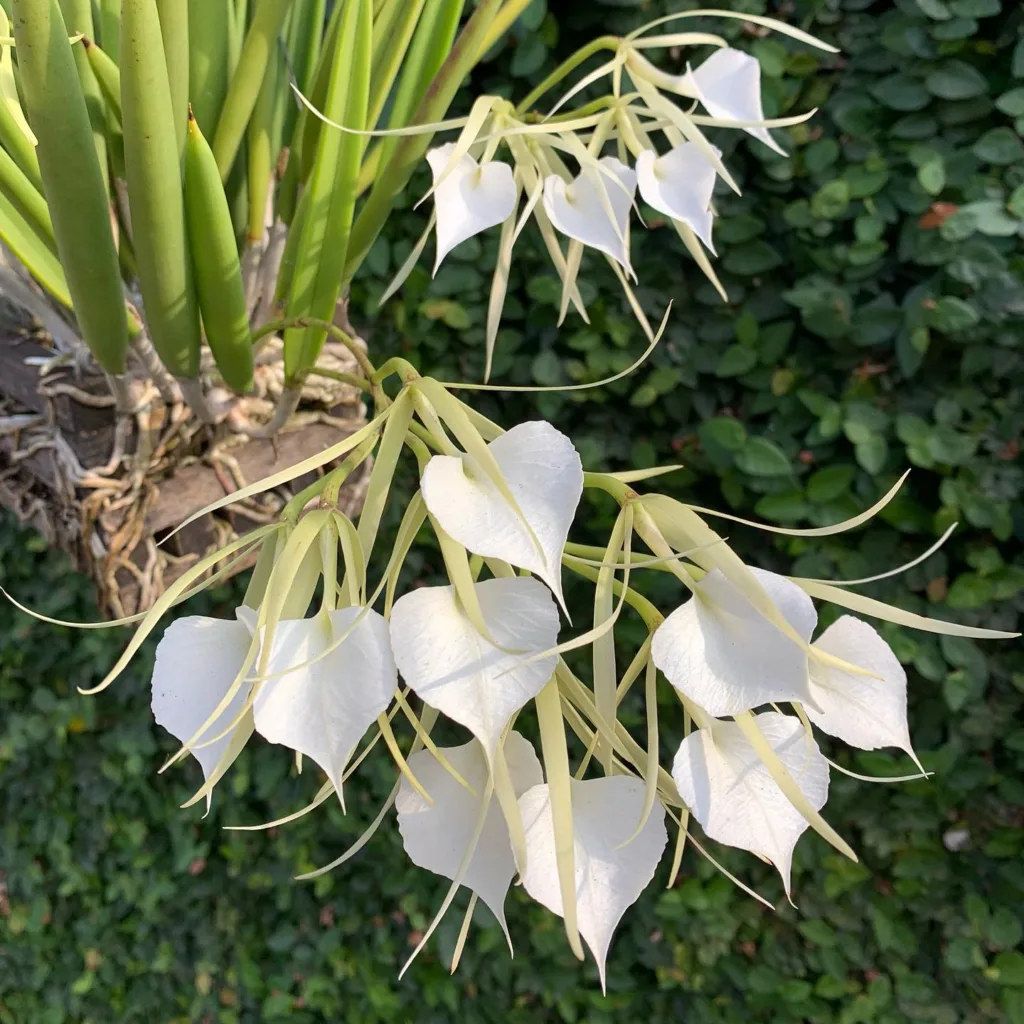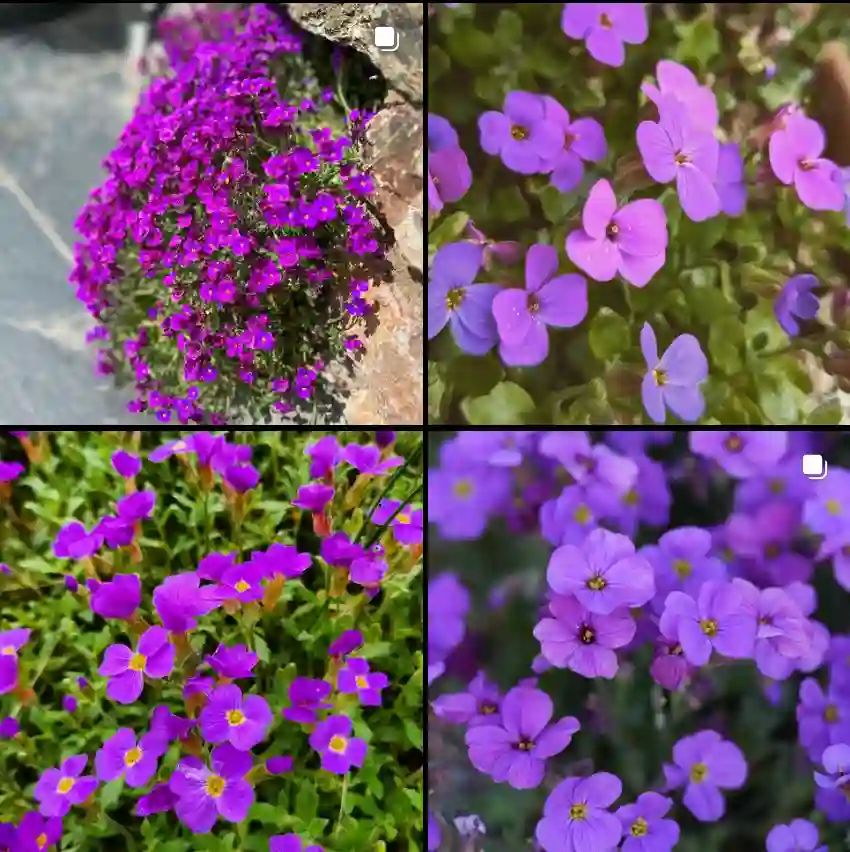Tabebuia: A Burst of Color in the Urban Jungle
My name is Ferb Vu, and I’ve always been drawn to the vibrant colors that punctuate the concrete landscape of city life. One genus of trees, in particular, has captured my attention with its stunning floral displays: Tabebuia. These trees, often referred to as “trumpet trees,” erupt in a riot of color, transforming streets and parks into breathtaking canvases. Their resilience and adaptability make them perfectly suited to thrive in the urban environment, providing much-needed beauty and shade.
A Diverse Genus
Tabebuia is a diverse genus belonging to the Bignoniaceae family. While most species are trees, some grow as large shrubs. They are native to the tropical Americas and the Caribbean, where they play a crucial role in the ecosystem. The genus boasts a wide variety of species, each with its unique characteristics and charm. Here are:
- Tabebuia acrophylla (Urb.) Britton
- Tabebuia angustata Britton
- Tabebuia arimaoensis Britton
- Tabebuia aurea (Silva Manso) Benth. & Hook.f. ex S.Moore
- Tabebuia bahamensis (Northr.) Britton
- Tabebuia berteroi (DC.) Britton
- Tabebuia bibracteolata (Griseb.) Britton
- Tabebuia brooksiana Britton
- Tabebuia buchii (Urb.) Britton
- Tabebuia bullata A.H.Gentry
- Tabebuia calcicola Britton
- Tabebuia caleticana A.H.Gentry & D.Albert
- Tabebuia cassinoides (Lam.) DC.
- Tabebuia clementis Alain
- Tabebuia conferta Urb.
- Tabebuia crispiflora Alain
- Tabebuia × del-riscoi Borhidi
- Tabebuia densifolia Urb.
- Tabebuia domingensis (Urb.) Britton
- Tabebuia dubia (C.Wright) Britton ex Seibert
- Tabebuia elegans Urb.
- Tabebuia elliptica (DC.) Sandwith
- Tabebuia elongata Urb.
- Tabebuia fluviatilis (Aubl.) DC.
- Tabebuia gemmiflora Rizzini & A.Mattos
- Tabebuia glaucescens Urb.
- Tabebuia gracilipes Alain
- Tabebuia haemantha (Bertol. ex Spreng.) DC.
- Tabebuia heterophylla (DC.) Britton
- Tabebuia hypoleuca (C.Wright) Urb.
- Tabebuia inaequipes Urb.
- Tabebuia insignis (Miq.) Sandwith
- Tabebuia jackiana Ekman ex Urb.
- Tabebuia jaucoensis Bisse
- Tabebuia karsoana Trejo
- Tabebuia lepidophylla (A.Rich.) Greenm.
- Tabebuia lepidota (Kunth) Britton
- Tabebuia leptoneura Urb.
- Tabebuia linearis Alain
- Tabebuia maxonii Urb.
- Tabebuia microphylla (Lam.) Urb.
- Tabebuia moaensis Britton
- Tabebuia multinervis Urb. & Ekman
- Tabebuia myrtifolia (Griseb.) Britton
- Tabebuia nodosa (Griseb.) Griseb.
- Tabebuia obovata Urb.
- Tabebuia obtusifolia (Cham.) Bureau
- Tabebuia ophiolithica Alain
- Tabebuia orinocensis (Sandwith) A.H.Gentry
- Tabebuia ovatifolia Vattimo
- Tabebuia pallida (Lindl.) Miers
- Tabebuia palustris Hemsl.
- Tabebuia paniculata Leonard
- Tabebuia × perelegans Borhidi
- Tabebuia pilosa A.H.Gentry
- Tabebuia pinetorum Britton
- Tabebuia platyantha (Griseb.) Britton
- Tabebuia polyantha Urb. & Ekman
- Tabebuia polymorpha Urb.
- Tabebuia pulverulenta Urb.
- Tabebuia reticulata A.H.Gentry
- Tabebuia revoluta (Urb.) Britton
- Tabebuia ricardii M.Mejía
- Tabebuia rigida Urb.
- Tabebuia rosea (Bertol.) DC. Plant FAQs: Tabebuia Rosea – Pink Trumpet Tree
- Tabebuia roseoalba (Ridl.) Sandwith
- Tabebuia sagrae Urb.
- Tabebuia sauvallei Britton
- Tabebuia schumanniana Urb.
- Tabebuia shaferi Britton
- Tabebuia simplicifolia Carabia ex Alain
- Tabebuia stenocalyx Sprague & Stapf
- Tabebuia striata A.H.Gentry
- Tabebuia trachycarpa (Griseb.) K.Schum.
- Tabebuia vinosa A.H.Gentry
- Tabebuia zanonii A.H.Gentry
A Symphony of Colors
One of the most captivating aspects of Tabebuia trees is their spectacular flowering displays. The trees typically bloom in the spring, transforming from leafy green giants into vibrant bursts of color. The flowers come in a variety of hues, including yellow, pink, white, and lavender. These blossoms blanket the canopy, creating a breathtaking spectacle that is hard to miss.
The flowering period is relatively short, lasting only a few weeks. However, the impact is profound. The vibrant colors bring joy and vibrancy to the urban landscape, offering a welcome respite from the monotony of concrete and steel. The flowers also attract a variety of pollinators, such as bees and butterflies, further enhancing the ecological value of these trees.
Resilience in the Urban Jungle
Tabebuia trees are not only beautiful but also remarkably resilient. They can tolerate a wide range of environmental conditions, including drought, heat, and poor soil. This adaptability makes them well-suited to thrive in the challenging conditions of the urban environment.
Their strong root systems help to stabilize the soil, preventing erosion and reducing the risk of landslides. They also provide valuable shade, helping to mitigate the urban heat island effect. In addition, Tabebuia trees are relatively resistant to pests and diseases, making them low-maintenance additions to the urban landscape.
A Symbol of Hope and Renewal
For me, Tabebuia trees represent more than just beautiful flora. They symbolize hope and renewal, reminding us of the resilience of nature even in the harshest environments. Their vibrant colors bring joy and optimism, lifting our spirits and inspiring us to appreciate the beauty that surrounds us.
As cities continue to expand and urban landscapes become increasingly dominant, it’s crucial to incorporate nature into our built environments. Tabebuia trees offer a perfect solution, providing beauty, shade, and ecological benefits. By planting and caring for these trees, we can create more vibrant, sustainable, and livable cities for generations to come.
If i die, water my plants!



